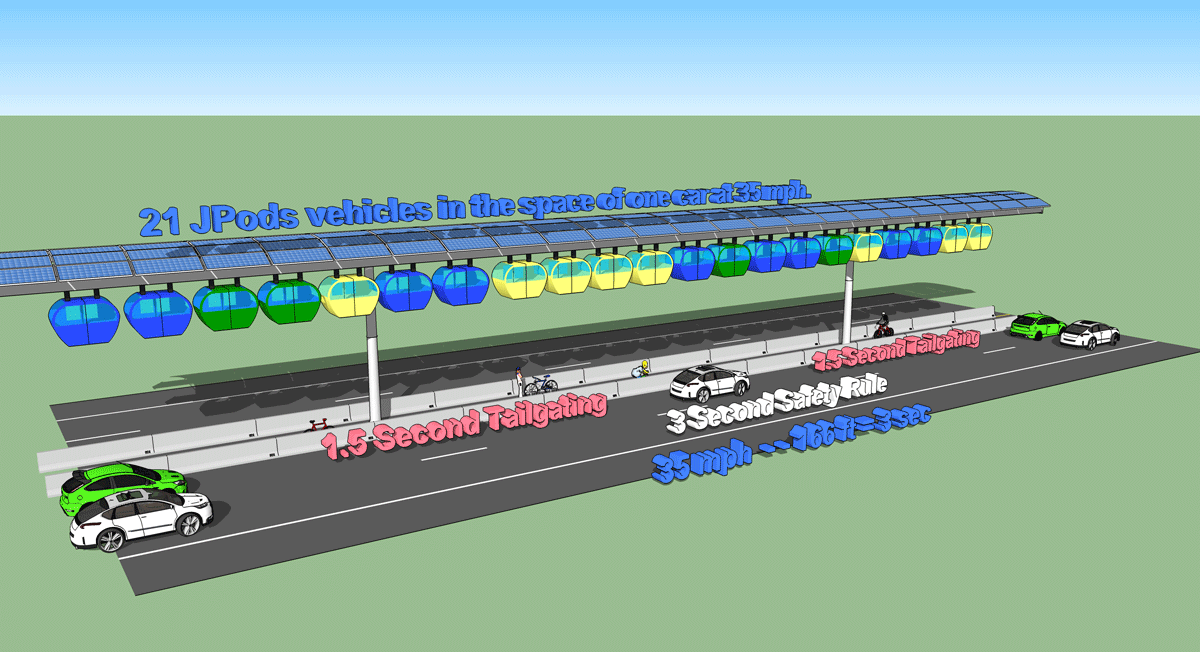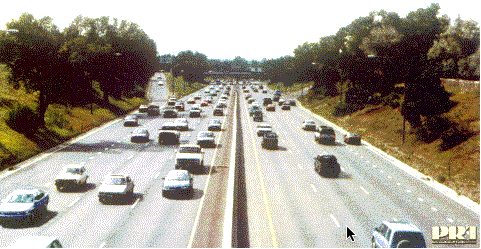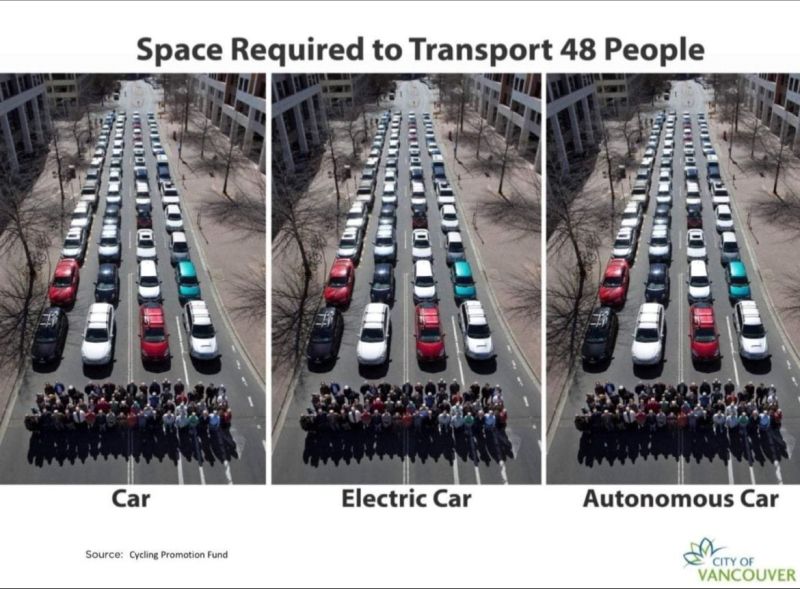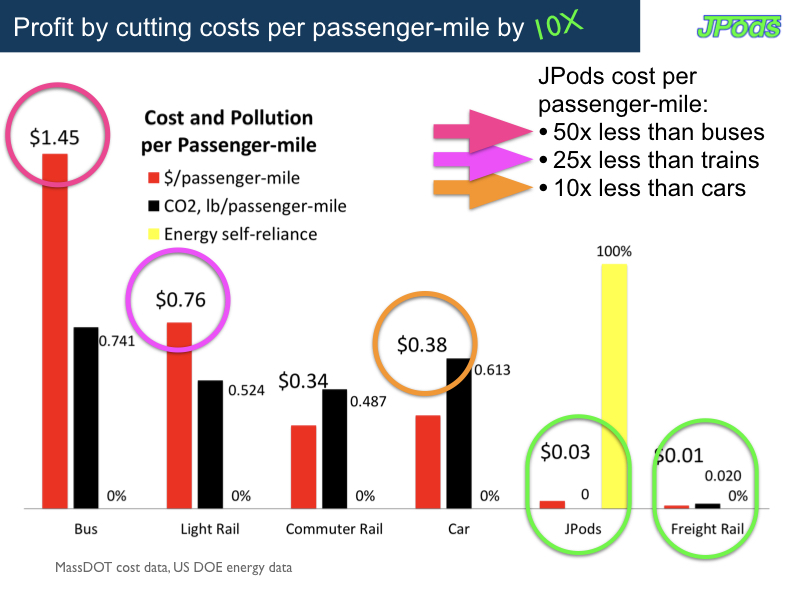- Home
- About
- Advantages of JPods
- Capacity
- Conservation
- Economics
- 10X Capital Savings
- Base the $ on Energy
- Dangerous Economic Assumptions
- Free Markets
- Jobs
- Land Use
- Linear Barriers to Commerce and Nature
- Metrics: Replace GDP with Disposable Energy
- Parking
- Supply_Demand
- Free Market Efficiency
- Net Energy Decline
- Inaccurate IEA Forecasts
- 'Titanic' Oil Economy
- Paychecks and Oil
- History
- Lifeboat Paradox
- Links
- Management Team
- Metrics
- Payback
- Peak Oil
- Project Flow
- Recipe
- Solar
- Technologies
- What are JPods
- Why JPods®
- Be Involved
- Key Steps
- Franchise Agreement (draft)
- Solar Mobility Act
- Own and Operate a JPods Network
- Become a JPods Supplier
- Design Your Own JPods Network
- Investors
- Spread The Word
- 8-80 Cities
- Agreements
- Cities of the Sun
- Domestic War by 2023
- Kitty Hawk Network
- Regulation
- San Jose State
- Scale Model
- Railroad 1862
- News
- Cities
- Contacts
You are here
Land Use
Land Use Data:
- https://www.jpods.com/parking for more data
- https://www.fastcompany.com/90645900/america-has-eight-parking-spaces-fo...
- https://www.youtube.com/watch?v=Akm7ik-H_7U
- https://www.strongtowns.org/journal/2019/11/27/parking-dominates-our-cit... very good images
- https://www.vox.com/a/new-economy-future/cars-cities-technologies
- When 5% of the United States is Covered By Parking Lots, How Do We Redesign our Cities?
There are 8 parking spots for every car in the United States and they cover more than 5% of all urban land- a size greater than the states of Rhode Island and Delaware combined. Even in Los Angeles, a city that struggles with its housing shortage, there are more parking spots than housing.Des Moines, IA alone has 7.75 square miles of surface parking, the size of six central parks. This translates overall to 19.4 parking spots per household, which a study in 2012 concluded that nearly 35% of all parking was not used. Surface parking lots are a scorn on our cities. pic.twitter.com/L9rrcWLm8D— Hayden Clarkin (@the_transit_guy) January 27, 2022
Cars require at least 2,642 square feet of land use each:
- Lane-miles of roads in the US are 8,765,578 with a typical width of 12 feet.
- Cars in the US are 273,600,000 cars in the US, or 169.2 feet if road, or 2,030 square feet
- Parking spaces per car are between 3.4 and 8 (typically 9 x 18 feet). Using 3.4, this is 612 per car.
- Additional pavement for shoulders, parking lots access to slots, etc... that are not counted in this.
JPods networks 3 miles long can be built in the same area required by each car.
- JPods are grade-separated guideways with 32" piers on a 36" area, every ~100 feet (30 meters) and a 10x40 foot station each mile, or 868 square feet per mile.
- 3 miles of JPods guideways and many vehicles fit in the area required by each car.
In operation the difference can be see in space on a highway.
- Cars using the 3 second rule at 35 mph each car uses 186 feet of road.
- JPods traveling half a second apart can fit 21 vehicles in the same 186 feet of length.
- Comparison only. If the traffic density required this demand, JPods would build a mesh network of guideways**.
- Another way to look at this is a JPods guideway has the capacity of a 21 lane road.

Comparison:
- For the same land use required for 1 car, JPods can build 3 miles of guideways with 3 stations.
- For each 28 cars, JPods could deploy 588 pods.
- Again, this is an "apples to apples" comparison.
- JPods would acutally build a mesh network to meet such demand.
- Cars in rush hour do not use all available capacity on side routes, JPods networks would.
Illustration of JPods reduced land use requirements compared to cars.

As this image from the City of Vancouver notes, there is no land savings for electric or self-driving cars on roads. This images does not show the 2,642 per car (parking spaces and road for each).

Here is a graph of costs/polluiton per passenger-mile. There is very little difference in pollution from cars, buses, and trains.
Cleaner: Solar powered mobility networks preempts operational pollution.

Cleaner: JPods require no street parking. It is well documented there are 3.4 parking space per car with a strong indication that in many locations there are eight parking spaces per car. Parking cars add clutter to cities.
Air pollution from exaust and heat pollution from paving makes cities dirty and hot.
Cost per square foot for retail space per month: What Is the Average Cost for Retail Space per Square Foot?
Meanwhile, Miami’s Lincoln Road is the country’s sixth-strongest retail location, and retailers there pay an average of $350 per square foot. Number 10 on that list is Highland Park Village in Dallas/Fort Worth, at an average of $175 per square foot. When leasing, the price per square foot is usually an annual lease price, so it takes some math to get the monthly total: Multiply the number of square feet in the space by the price per square foot, then divide by 12. The result is $28 per square foot for a 978-square-foot space that works out to $2,282 per month
Theme by Danetsoft and Danang Probo Sayekti inspired by Maksimer